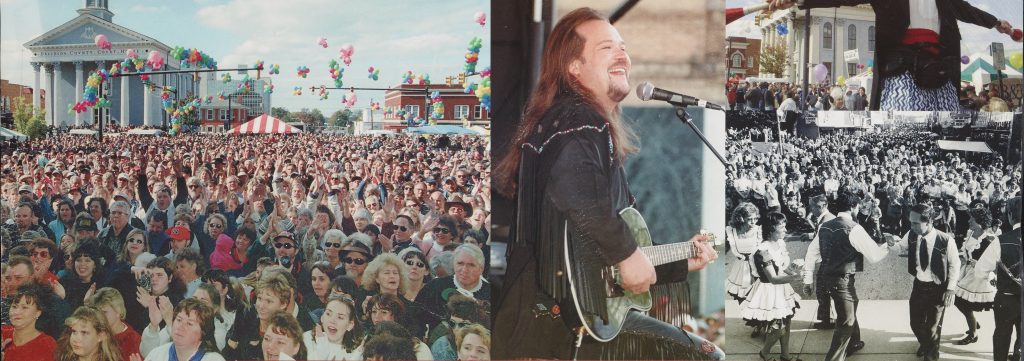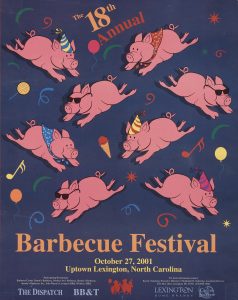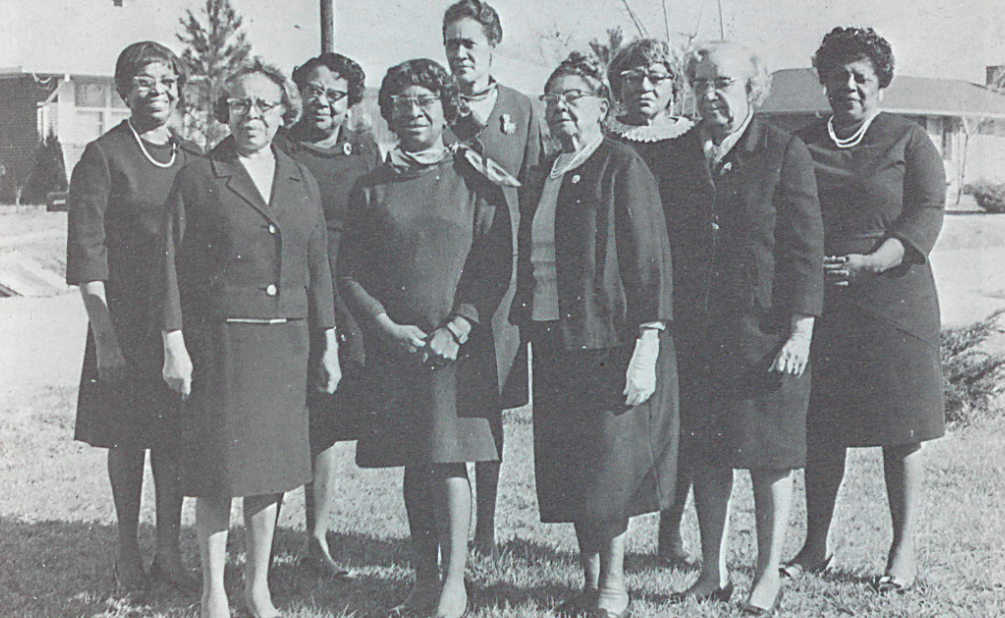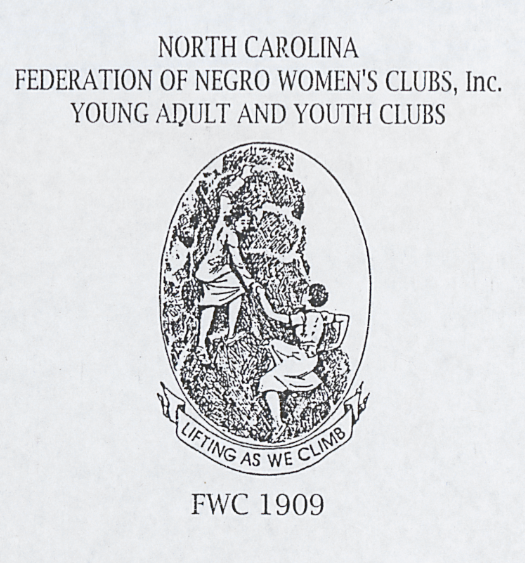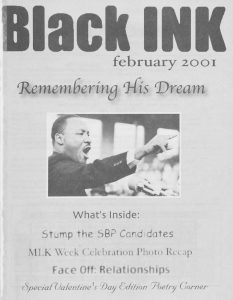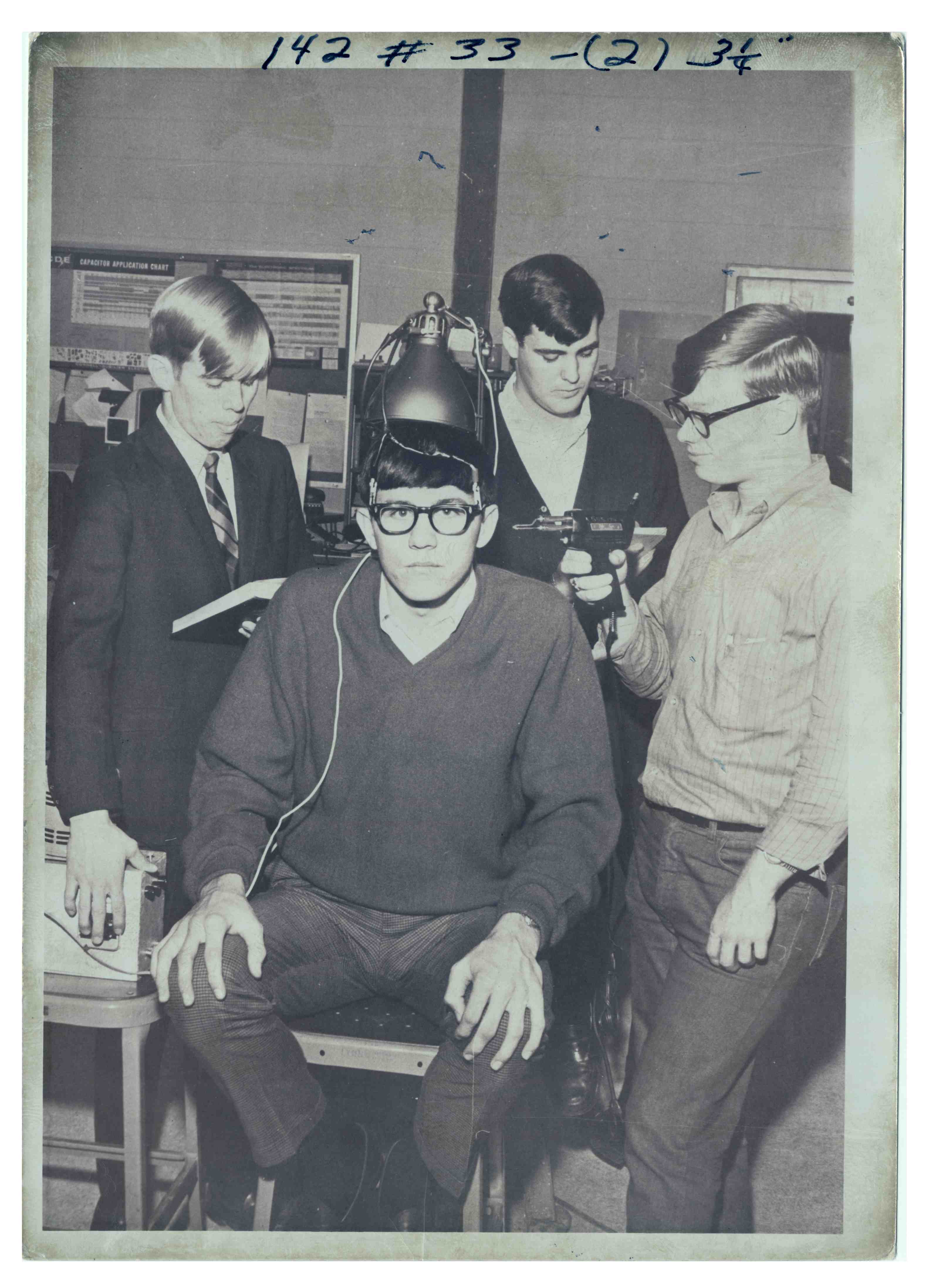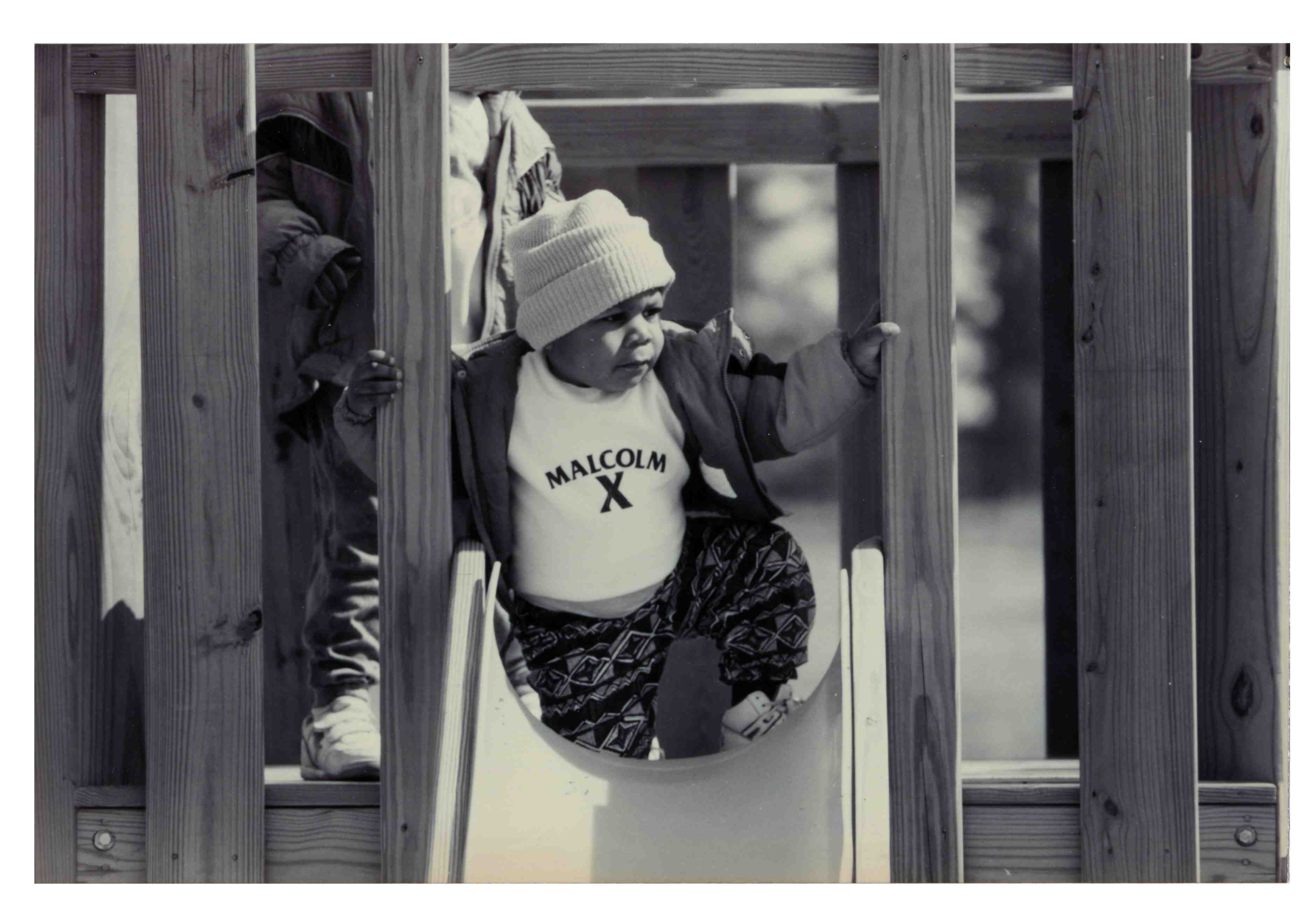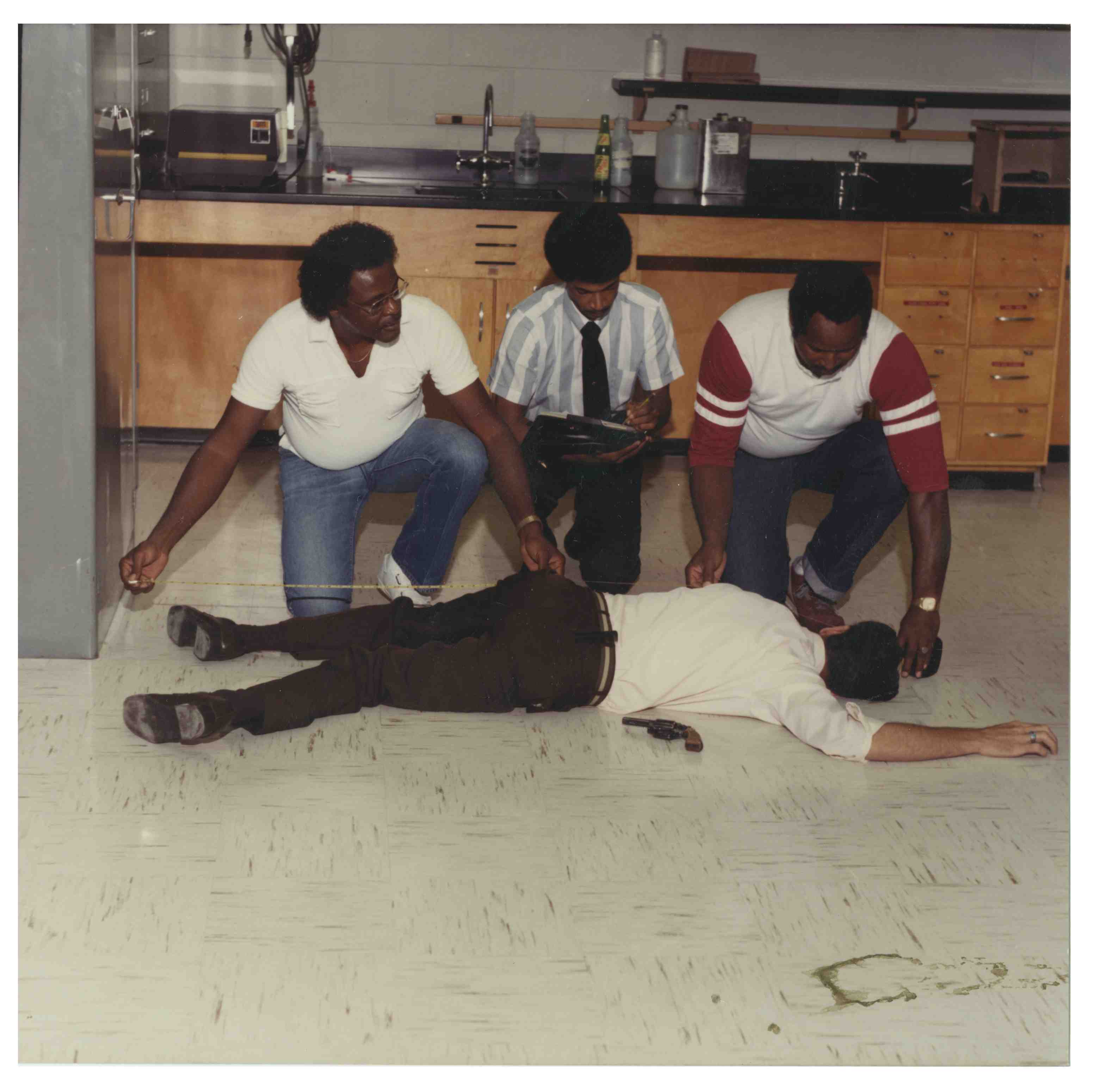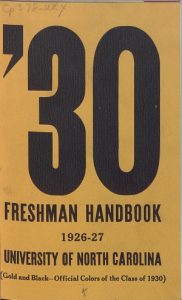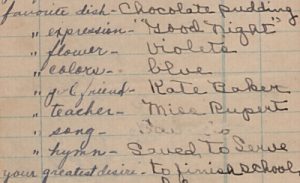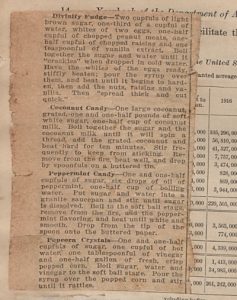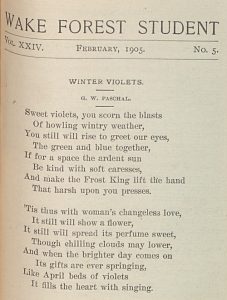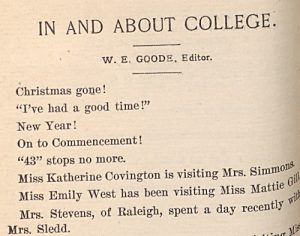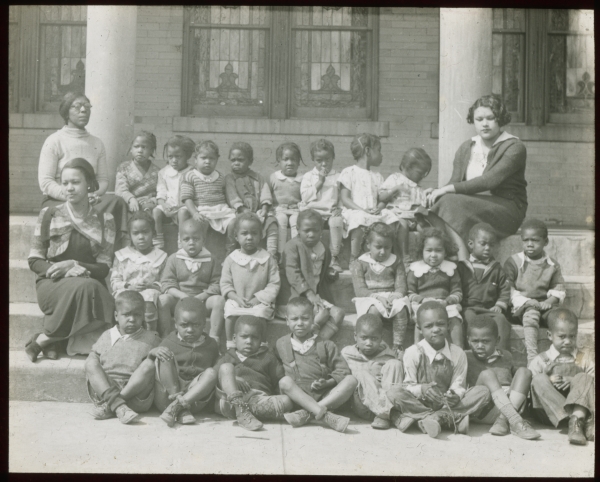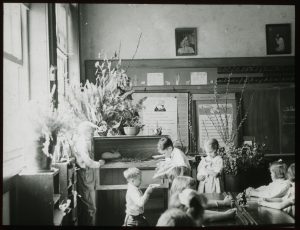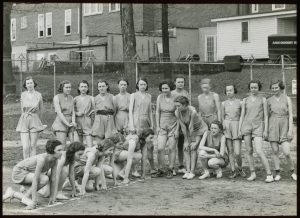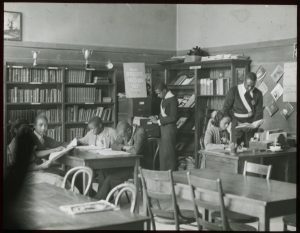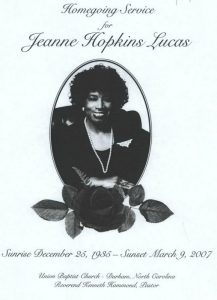Posters advertising and commemorating the Annual Barbecue Festivals in Lexington, NC, are now digitized online at DigitalNC. There are nearly twenty of these posters included, stretching from 1998 to 2017, with most of these starring the barbecue and pigs around town that Lexington is known for. Local businesses that sponsored the events are featured prominently on the posters.
The Barbecue Festival is an annual event held in Lexington and is one of the country’s most popular festivals dedicated to food. Lexington, home of Lexington-style barbecue, uses a red sauce seasoned with ketchup, vinegar, and pepper, using only the pork shoulder. Beginning in 1984 and bringing in around 30,000 people that year, it is a celebration of all things barbecue, including hundreds of exhibitors selling handmade craft goods, a 50-ton pig-themed sand sculpture, and chances to watch expert cooks work their magic. 2014 had a record number of attendees, with an estimated 200,000 people coming to celebrate.
To learn more about the Barbecue Festival, you can visit the festival’s website. To see more of the items from Davidson County Public Library, visit their partner page or visit their website.
